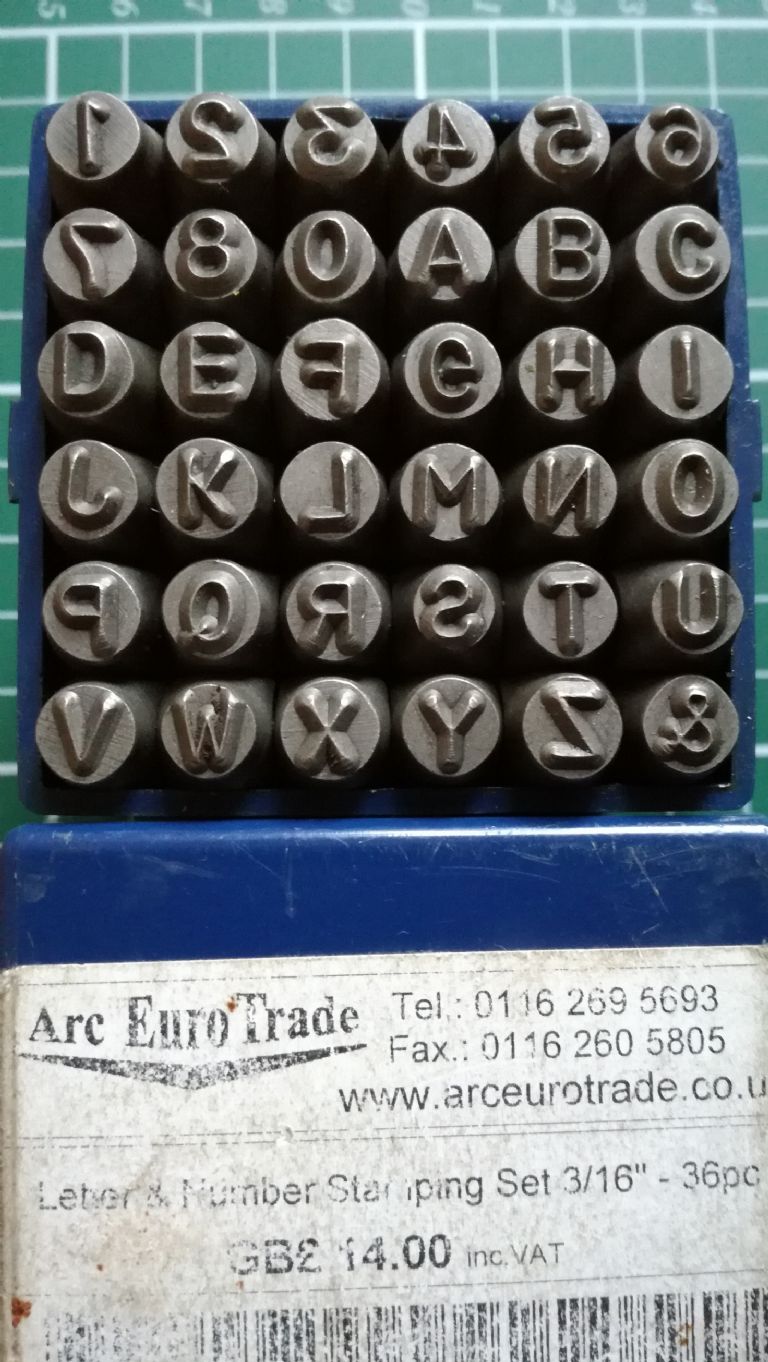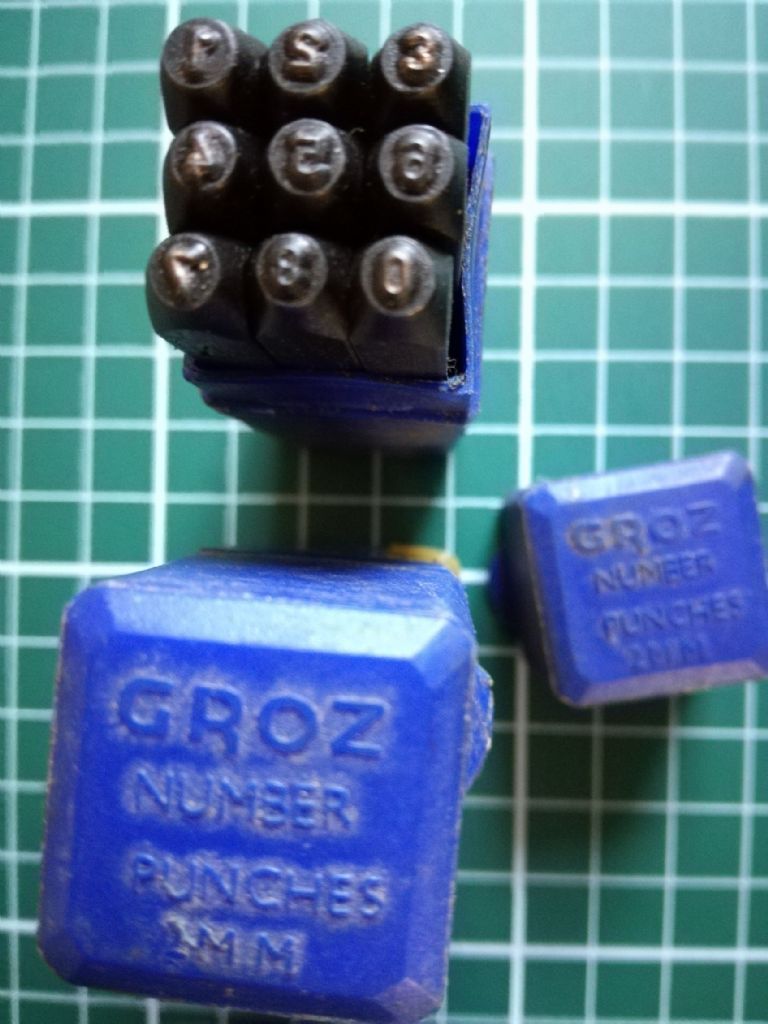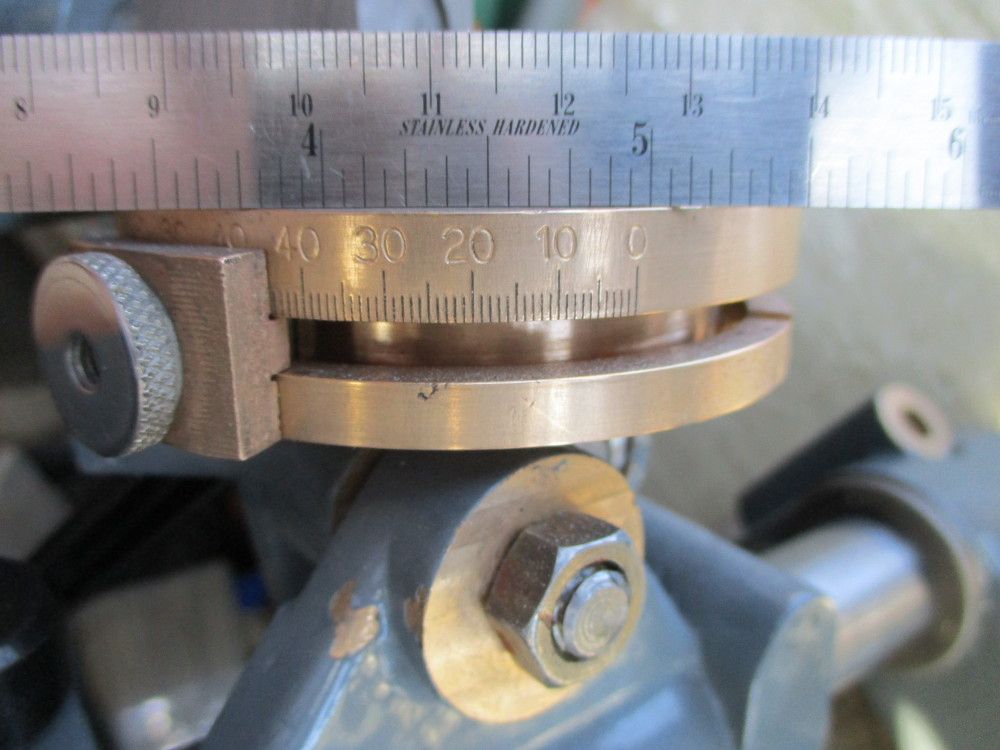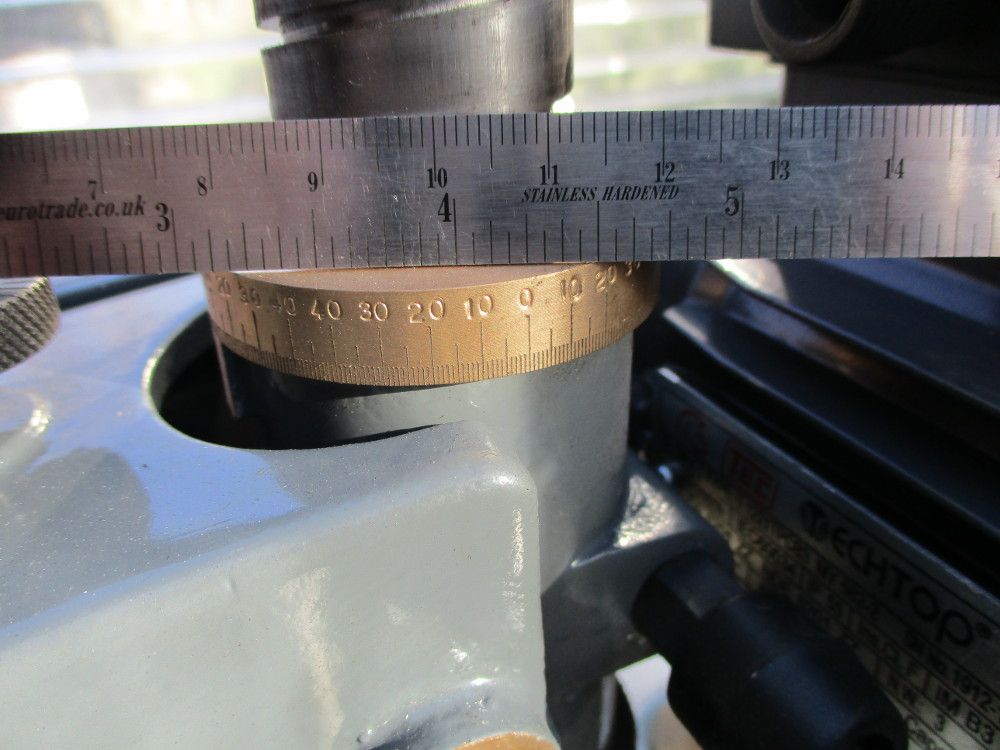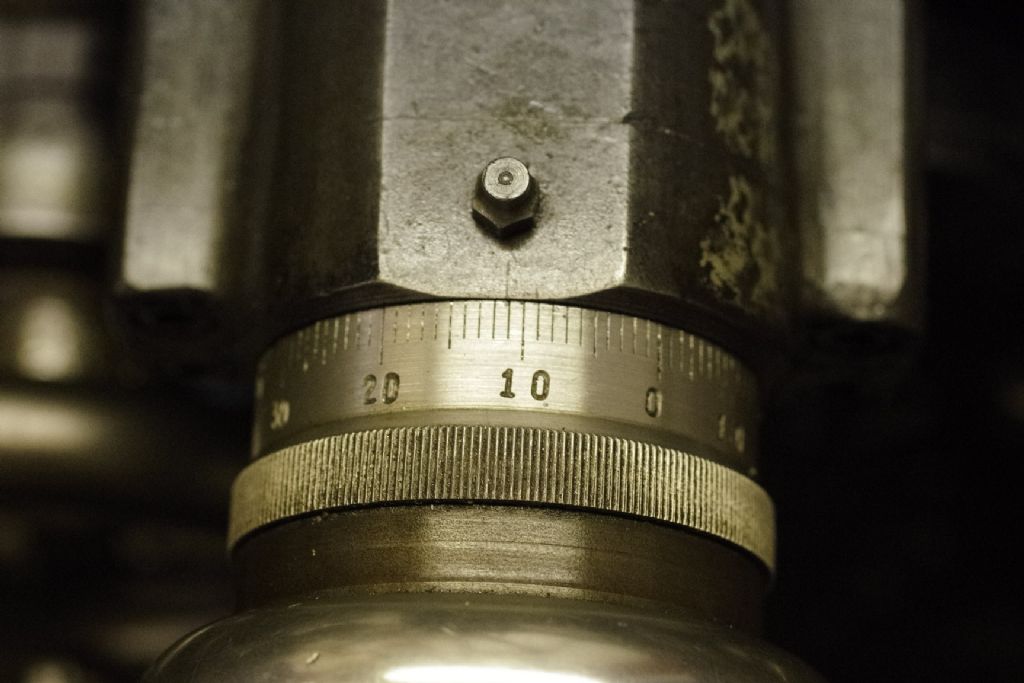Posted by Nigel Graham 2 on 27/02/2022 22:09:41:
stamping widely-spaced pairs of digits is not the same as stamping longer numbers or words, where engraving would be the far better method.
If the part you're stamping is flat and you can hold it in your milling vice, preferably some way below the top of the jaws, there's really no need for a jig at all in order to stamp strings of characters uniformly; you just need to use a threaded vice stop with some means of counting the number of turns of the screw (e.g. a hex head!) as you advance it for the next letter. You can even do multiple lines of text this way with just a bit of thought.
If you work with care, the only thing under these circumstances that will produce unevenly spaced stamping is if any of the characters aren't cut perfectly centrally on the shank of the punch.
My experience of six different brands of stamp tells me that buying even the most respected brand doesn't guarantee all the characters in the set will be centrally cut on the punch. Accordingly, in order to ensure you get evenly spaced and uniform stamping you need to be prepared to compensate for this manufacturing inaccuracy where necessary.
I've not tried characters on moveable-type-like bodies of the kind in Nick Hughes' link, so I couldn't say whether these are consistently cut more accurately than the punches; I'd hope so given the extra cost of them. And of course, as Nick suggests, you can't strike these directly with a hammer; they have to go in some kind of typeholder, made either for individual characters or for strings of them.
If you're using the latter kind of typeholder and you're marking a longish word on steel all in one hit you're going to have to be prepared to hit that typeholder very hard in order to get a good impression, particularly if you're using a biggish font size.
 Mike Poole.
Mike Poole.

